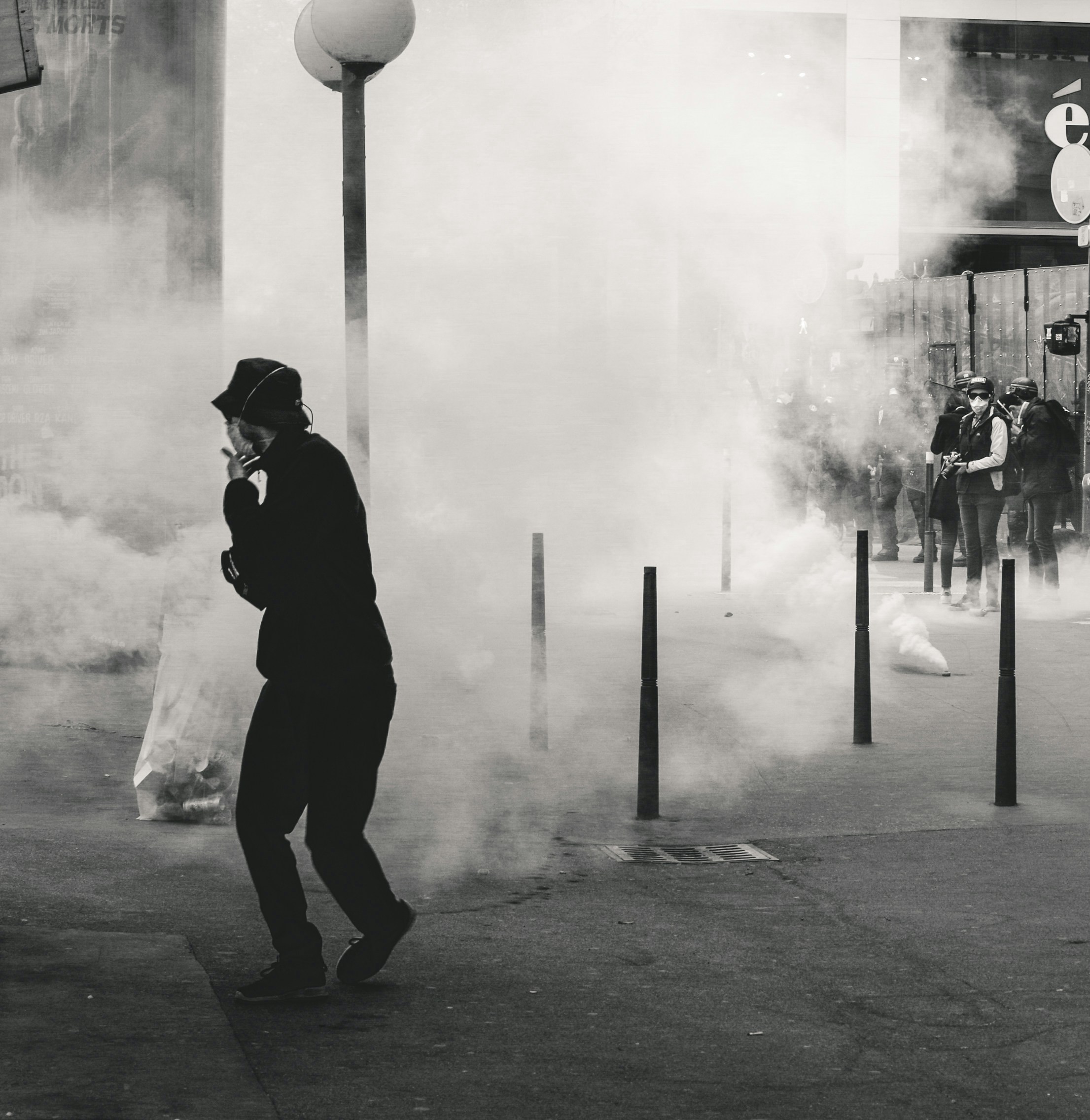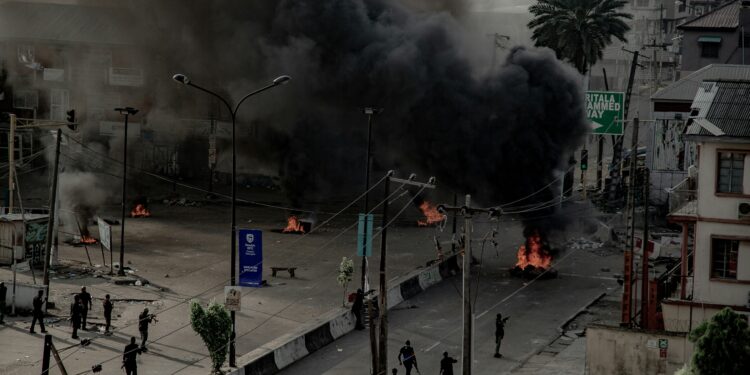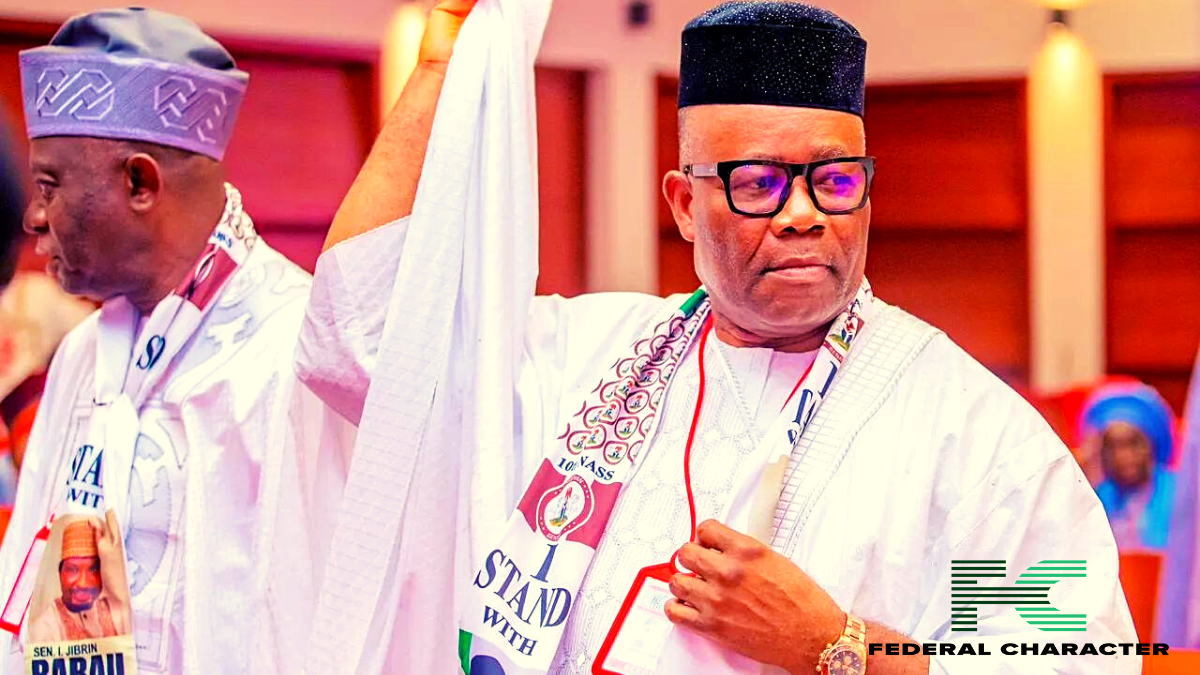The Himalayan highlands of Ladakh, a strategically vital federal territory bordering both China and Pakistan, have tragically boiled over, shattering the veneer of calm with deadly violence. The imposition of a curfew in Leh, the capital, follows clashes that have left at least four dead and dozens injured.
The burning of an office of India’s ruling Bharatiya Janata Party (BJP) shows the profound and dangerous alienation felt by the local population.
The immediate government response (to lay blame squarely at the feet of activist Sonam Wangchuk for “fomenting violence”) is a shortsighted and potentially disastrous tactic. While the tragic turn to violence is deplorable and damages the cause, it deflects from the fundamental grievances fueling the protests that have been intermittent for months.

Wangchuk and the movement he represents are symptoms, not the disease. The real ailment stems from the 2019 decision to strip Ladakh of its semi-autonomy by splitting it from the former Indian-administered state of Jammu and Kashmir and imposing direct federal rule. This move, while intended to streamline administration, inadvertently created a power vacuum and sowed deep suspicion among Ladakhis.
The core demand is clear: restoration of statehood for Ladakh, paired with greater autonomy to institute crucial job and land quotas. This unity between the historically divided Buddhist-dominated Leh region and the Muslim-majority Kargil district (an unprecedented coalition) speaks volumes.
It signals a universal fear among the approximately 300,000 residents: that their unique culture, fragile ecosystem, and limited resources are now vulnerable to unfettered outside economic interests. Losing its special status meant losing local control, a sacrifice the people are clearly unwilling to accept, as the rising tide of youth frustration over soaring unemployment tragically confirms.
The violence on Wednesday, the worst seen in several decades represents the inevitable explosion of frustration born from a dilatory government dialogue process. As influential figures like Chhering Dorje Lakrook of the Ladakh Buddhist Association point out, the government’s repeated delays in meaningful talks, despite activists being on a hunger strike, effectively communicate a lack of urgency and respect.
The federal home ministry’s comparison of the protests to the Arab Spring-style protests and references to Gen-Z unrest in Nepal, while intended to paint the movement as an externally-incited conspiracy, actually underscores the underlying risk. It confirms that the youth of Ladakh are connecting their local struggle for sustainable development and job security with global movements for self-determination and economic justice.
Dismissing this as a “conspiracy” rather than acknowledging the valid distress over dilution of local control and government neglect is a dangerous misdiagnosis. The government must urgently shift its framing from security and conspiracy to socio-economic development and true participatory democracy to avert further radicalisation.

















